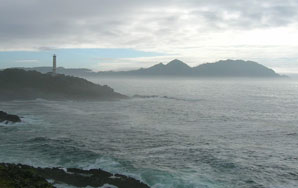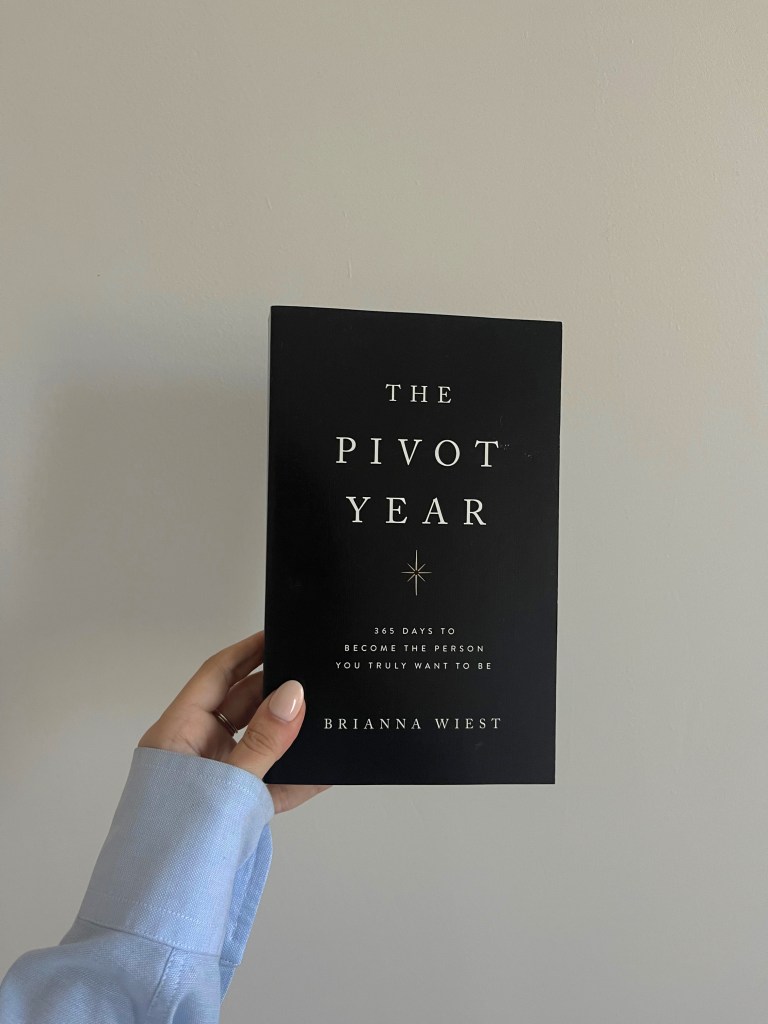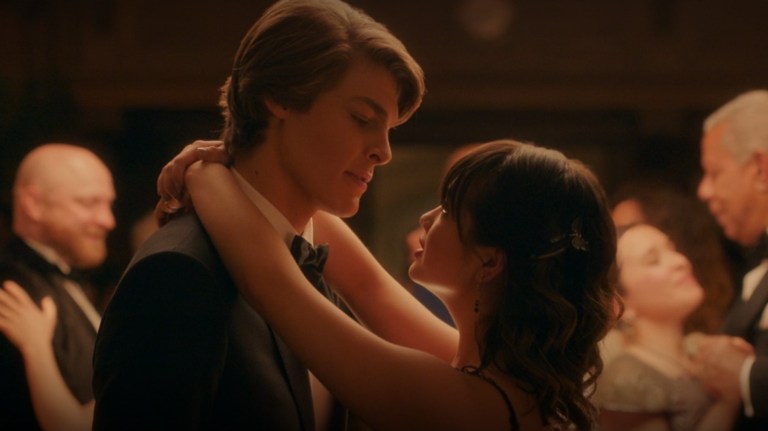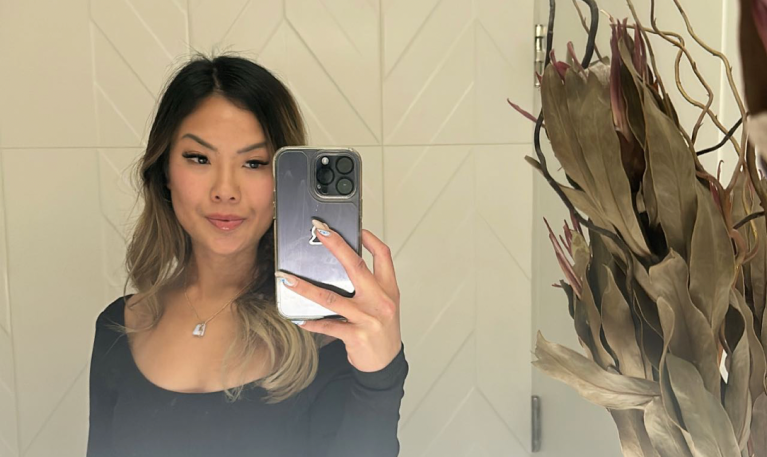Your Hometown Before You
Photos don't tell the town's whole story, I know, and they privilege those that were deemed appropriate to hold or be in front of a camera, but it's an easy—and kind of addictive—way to look straight into the past.

My hometown is not the same place it was when I was born. This is the case for everyone and all their hometowns, I guess—cities being organisms as much as the people and animals and million other tiny things who live there—but I feel it’s especially true for mine.
I was born and raised in Chattanooga, Tenn., in the early 1980s, around the same time the city launched itself into a kind of magnificent renaissance. When my mom was growing up there in the 50s and 60s, and even still when by dad moved down from his own, much smaller Middle Tennessee hometown in the late 70s, the air was filthy, downtown was decrepit and dangerous, and the inevitable suburban sprawl was stretching out into the surrounding hills like movie-goers inching away from a loud, strangely-scented gentleman in the middle of a crowded theater. But by the time I was a little kid, Chattanooga was practically a new town. Parks and walking paths and the state’s biggest aquarium had been unfurled along the banks of the Tennessee River, which cut through a newly tidied-up downtown. I was taken on field trips to parts of the city that my parents had never felt comfortable visiting even as adults. My family lived squarely in the suburbs, but new local stores and restaurants and coffee shops and movie theaters opened up in and around downtown just in time for my adolescent self to be fully entranced by their relatively cosmopolitain allure.
There are still many undeveloped and mis-developed parts of town, to be sure, but Chattanooga exists—in my photos and my memories, and in reality when I am back there on my nearly-monthly trips home—almost exclusively as a reinvented entity. In recent years, a few too many beautiful old buildings have been ripped down to make way for hotels and other facilities to accommodate the ever-growing influx of tourists who come from all over to witness the city’s transformation—heartbreaking, but the town is hardly historyless. Our art museum is, in part, housed in a massive antebellum mansion; the local gifts and housewares boutique I worked at for a few summers during college is in a space occupied long ago by a hardware store, its exterior back wall still bearing the old shop’s painted mural, its creaking wooden floors scarred by long-extricated cases of hammers and nails; the Walnut Street Bridge, closed to wheeled traffic in the late 1970s, was saved from fully crumbling into the river and opened as a restored pedestrian bridge in the early 90s, a century after its trusses were first raised. For the most part, the old and new live in such harmony that I have trouble remembering what downtown looked like ten years ago—and so imagining how it looked before I was born is nearly impossible.
This is why, every time I come across an archived collection of images from the past century or so of American life, I search for my hometown. Sometimes shots of familiar streets or familiar views pop up, but most of the time, what I find is exactly what I am looking for—the long-gone, long-razed, long-before-my-time Chattanooga that I never could have seen, but feel some sort of strange responsibility to know and try to understand. Photos don’t tell the town’s whole story, I know, and they privilege those that were deemed appropriate to hold or be in front of a camera, but it’s an easy—and kind of addictive—way to look straight into the past. I never expect to really recognize any of the faces in the photos, and I haven’t yet, but I feel a kinship with them like the one I feel with anyone else I ever meet from Chattanooga. We share this town—our town—and all it ever was. ![]()





